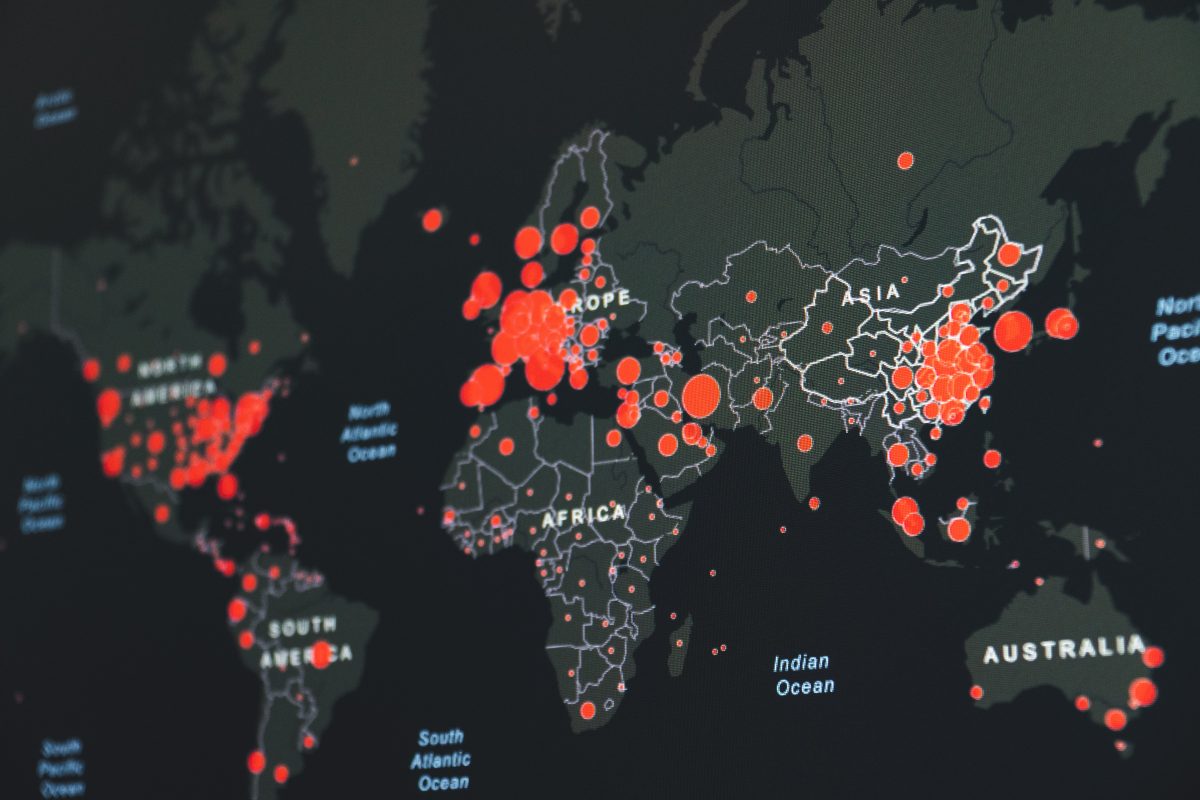Systemic Inequity in Our Communities
1/28/21 / Andrew Streight


We’ve heard the words “systemic” and “inequity” used together more in the last year than any other time in Google’s history of search trends. With the murder of George Floyd in 2020 sparking movements and calls to acknowledge and address the underlying racism and oppression that shapes our political, social, and economic systems (to name a few), these words have entered the collective vocabulary of our society in a way they have not in the past. I’m not sure we are super clear as a whole, though, on what systemic inequity really looks like in our communities.
While I’ve seen a lot of discussions about the pervasiveness of systemic inequities and the significance of meaningful political and cultural solutions, I haven’t seen a lot of tangible examples of what “systemic inequity” really entails in practice. Luckily, the ESRI Racial Equity GIS Hub is an incredible database of data and visualizations related to systemic racism and equity that demonstrate what inequity can look like on a community-level (you can create a free Community Hub account to explore).
In terms of economic and social inequity, one example from the ESRI database is this map, which shows the population density of areas where Black people do or do not have an internet subscription at home. Studies have shown that internet access is no longer merely a convenience but, instead, a critical need as much of our society’s information and communication happens online. There are pockets of Denver, for example, where only 5-7% of Black residents have internet subscriptions at home. If whole communities aren’t able to access the basic components of society that allow them to participate in it, then the individuals in that community are significantly less likely to “succeed” in the ways that others in the city might.
Some of the data available in the ESRI hub also indicate which races are most impacted by challenges like poverty, allowing policy- and decision-makers the chance to identify which group or groups of people to prioritize in allocating resources. This map, for example, illustrates which race has the highest rate of child poverty in specific geographic areas. In Colorado, we can see that this changes based on the county. In Denver county, for instance, the race with the highest recorded rate of child poverty is Black, whereas the race with the highest recorded rate of child poverty in Jefferson County is American Indian/Alaskan Native.
There’s also aggregated indicators that paint a more holistic view of systemic inequity in a community, and the specific needs that should be met. This map shows the CDC Social Vulnerability Index, which: “uses U.S. Census data to determine the social vulnerability of every county and tract. CDC SVI ranks each county and tract on 15 social factors, including poverty, lack of vehicle access, and crowded housing, and groups them into four related themes: Socioeconomic; Housing Composition and Disability; Minority Status and Language; Housing and Transportation.”
Using aggregated indicators like the CDC SVI helps us understand, broadly, which communities are most vulnerable across a range of factors. This helps clarify and prioritize policy and organizational efforts, generally, as the resources needed for equitable outcomes in, say, Rio Grande County (with a 0.96 SVI score) are likely going to be much more significant than the resources needed for Douglas County, with a 0.01 SVI score.
There’s so much more to explore through the ESRI database, as well as elsewhere. The resources for helping us understand systemic racism and inequity continue to grow – I hope the ESRI hub might help you or your organization take a first dive into understanding systemic inequities in your community. Please share with us any resources related to equity, diversity, and inclusion we should know about.